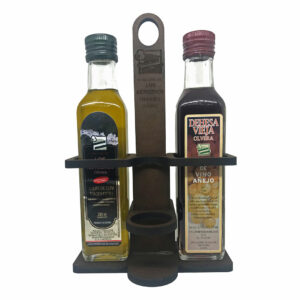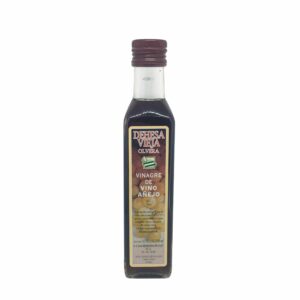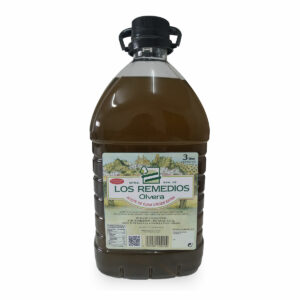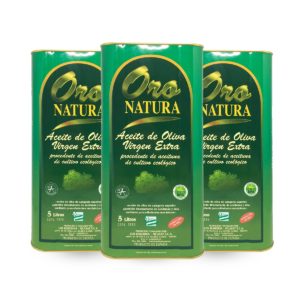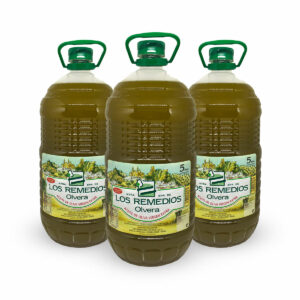RECOMMENDED WORKS FOR THESE CROPS
Farmland, in a good part, are sown with durum wheat, estimating an increase in the planting of legumes, mainly chickpea and beans. The climatology of this hydrological year has favored the emergence of seeds, both cereals and legumes, due to the approximately 200 liters / m2 of rain recorded. As for temperatures, from the 1 from December 2017 it is being the coldest year on average of the last 20 years, data that favors the tillering of the cereal.
We will discuss the applications and status of the most important crops, as of January 2017:
1.- Cereals:
Among the winter cereals with the greatest implantation is Durum Wheat, needing needs for each 1000 kg of production 25 kg Nitrogen / ha, 10 kg Phosphorus / ha and 25 kg Potassium / ha.
There are two ways to contribute the elements: in depth and in cover.
-In the background we will provide all the Phosphorus and Potassium and the 30% Nitrogen.
-In cover we will provide the 70% remaining Nitrogen, after godson (from 15 January according to weather). Nitrogen can be provided in the form of Urea or in a combined Ureic-ammoniacal form. (Duramon type).
During the month of January and when the wheat is at the end of the godson, we will have to know the degree of infestation of the existing weeds to adjust the doses and type of herbicide.
In any case, We recommend consulting the Cooperative's Technical Advisory Service to find out how to better adjust the dose and type of cover fertilizer, as well as type and dose of herbicides
2.- Legumes:
-Broad beans: The culture is in the nascence phase, with fertilizer work and pre-emergence herbicides applied. The effectiveness of the pre-emergence herbicide will depend on the time of application and the rainfall in each area., so uncontrolled weeds will be checked and evaluated, both pointed and broad blade in its initial stages, for its correct and effective control.
-Chickpeas: The sowing would be from 15 of January and the tasks that we must carry out before planting would be the fertilizer and the pre-emergent herbicide.
Subscriber: Contribute between 200-220 kg / ha, type Protec 48, composition 8-14-8.
Herbicide: In pre-emergency the registered product is Pendimethalin 33% (4 It has).
Chickpea, despite being a legume, requires in its initial phase of nascence until 3-4 sheets of nitrogen available in the soil. Thus, the recommended subscriber contains a 8% Nitrogen. To adjust the dose and type of cover fertilizer as well as the type and dose of herbicides, consult the Cooperative's Technical Advisory Service.
¡!NOVELTY!! The active substance Linuron 45%, used as a pre-emergence of pointed and broadleaf weeds, will be withdrawn from December 2017. Thus, its commercialization and application by the farmer is prohibited until July 2018.

